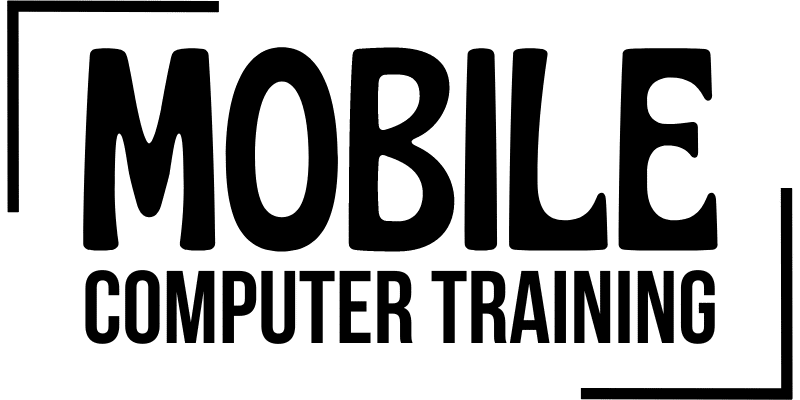Microsoft Outlook Course
Go beyond just email and discover a full Swiss Army Knife of tools

Course Description
Arguably the most powerful email client on the market for large organisations, this 1 day beginners Outlook course will reveal to you how Outlook can revolutionise your life. Your work habits will change and your productivity will rise.
Outlook is so much more than e-mail, and yet that's all that 90% of people use it for. It's like having a Swiss army knife and only using it to open your letters in the morning.
As well as learning how to send, receive and manage e-mail, you will discover how to use the calendar to create appointments, arrange meetings, set tasks for yourself and for others and maintain your own private list of contacts.
You'll then discover how to work smarter and use Outlook more efficiently. Gain greater control over the way Outlook behaves, better manage incoming messages, share information and work more effectively with other users.
Want To Customise Your Training ?
Don't see exactly what you want in the topic list below?
You are welcome to swap topics in and out from the different courses available to create your own custom course.
We can accommodate all requests. Customisation is 100% free.
Let us deliver a powerful course with useful content that you or your staff will actually use. Tailor the training around your own needs and requirements.
Duration
Corporate group training: 4-5 hours.
Private 1-on-1 training: 3-4 hours.
Prerequisites
You should be familiar with the Windows operating system and comfortable using a mouse. There are no other pre-requisites.
Whether you have never used Outlook before, dabbled a little or use it regularly, this course offers something for you and the training will be adapted to your level and needs.
Versions Taught
Our computers are always installed with the latest version of Office. The current version is Outlook 365 (desktop).
If you have an earlier or Outlook such as Outlook 2016 or Outlook 2013 we will explain any key differences during the training.
Still using Outlook 2010 or earlier? It's time to say goodbye to an old friend and upgrade! Microsoft don't support this version any more.
